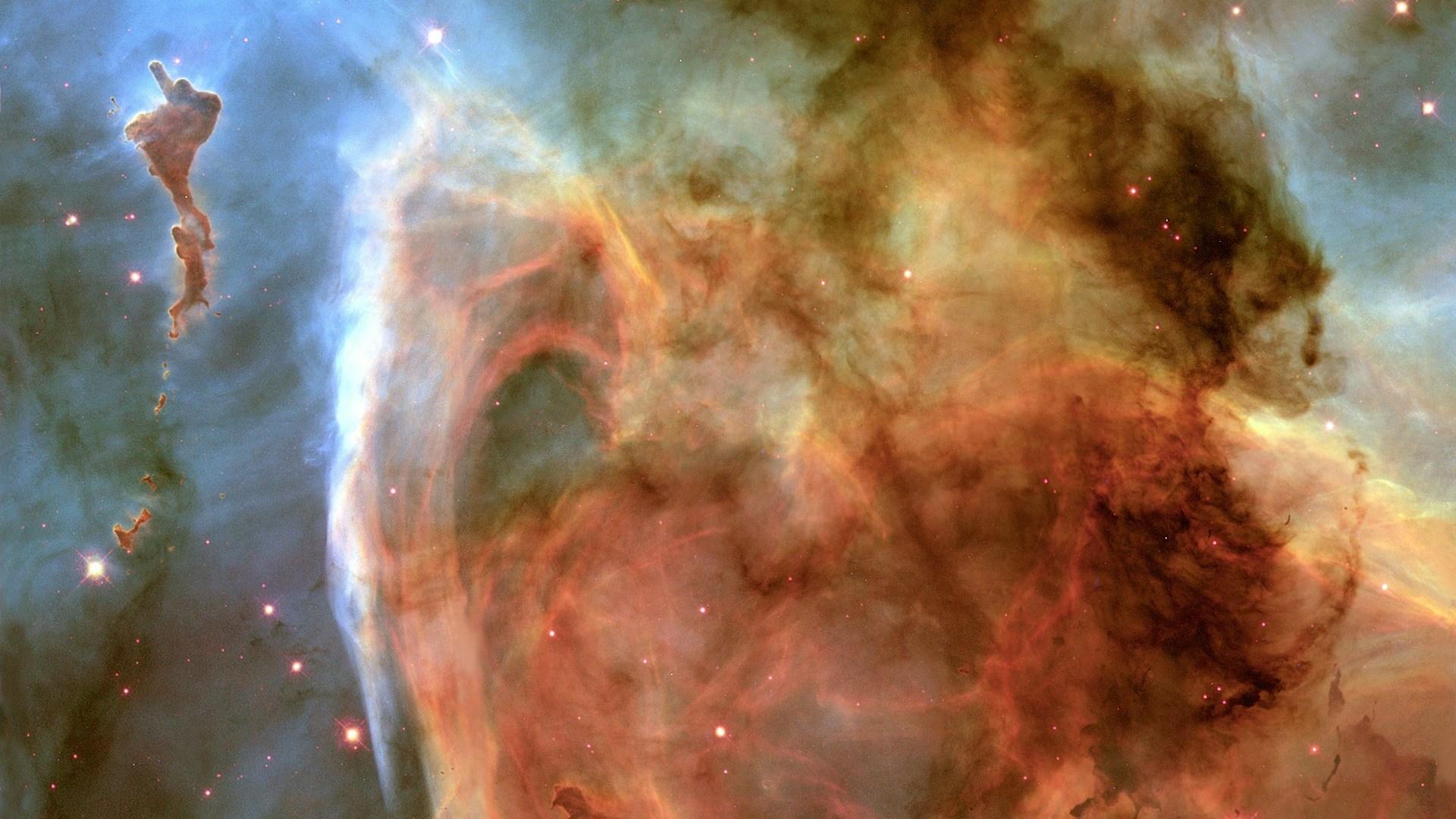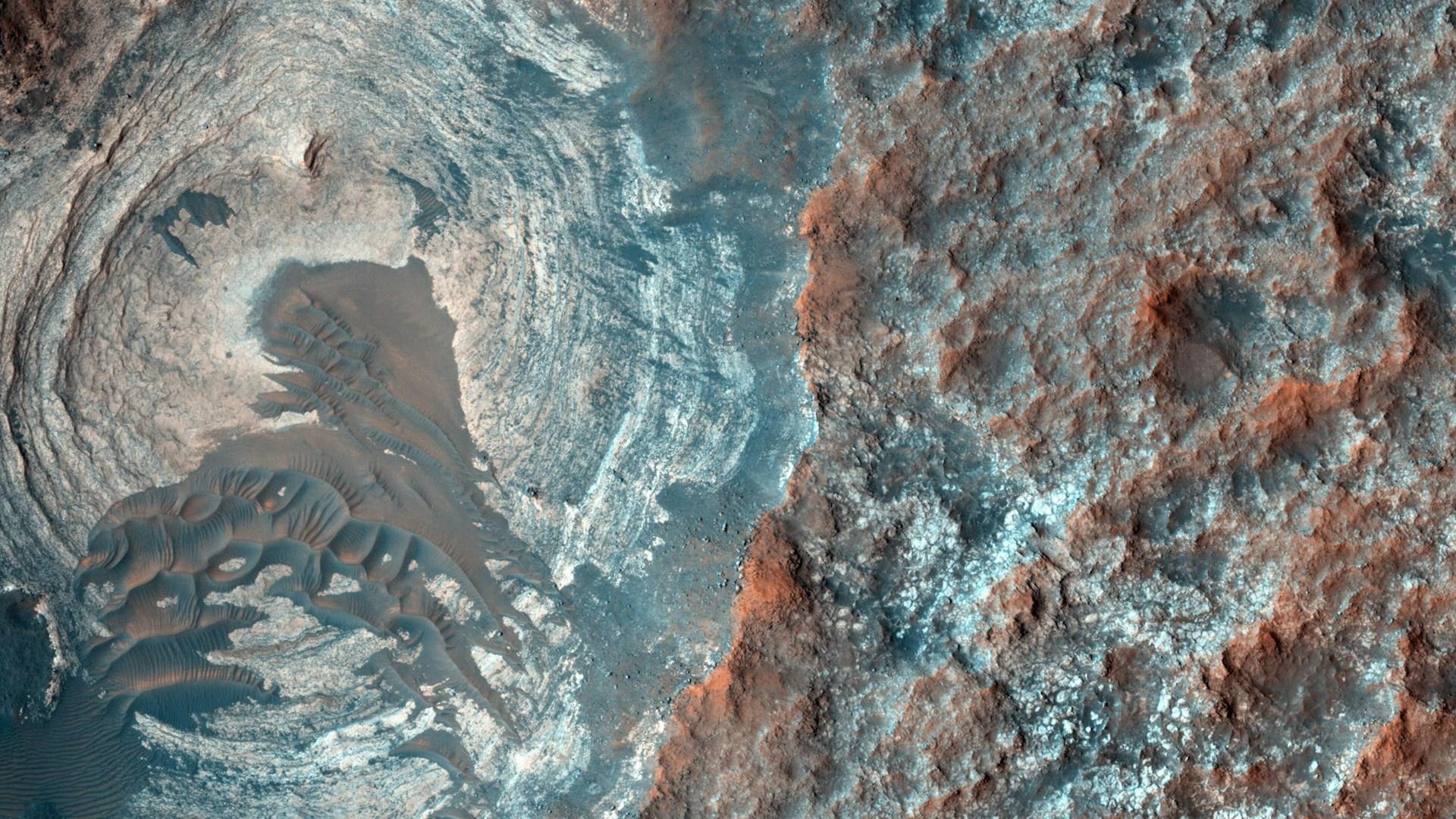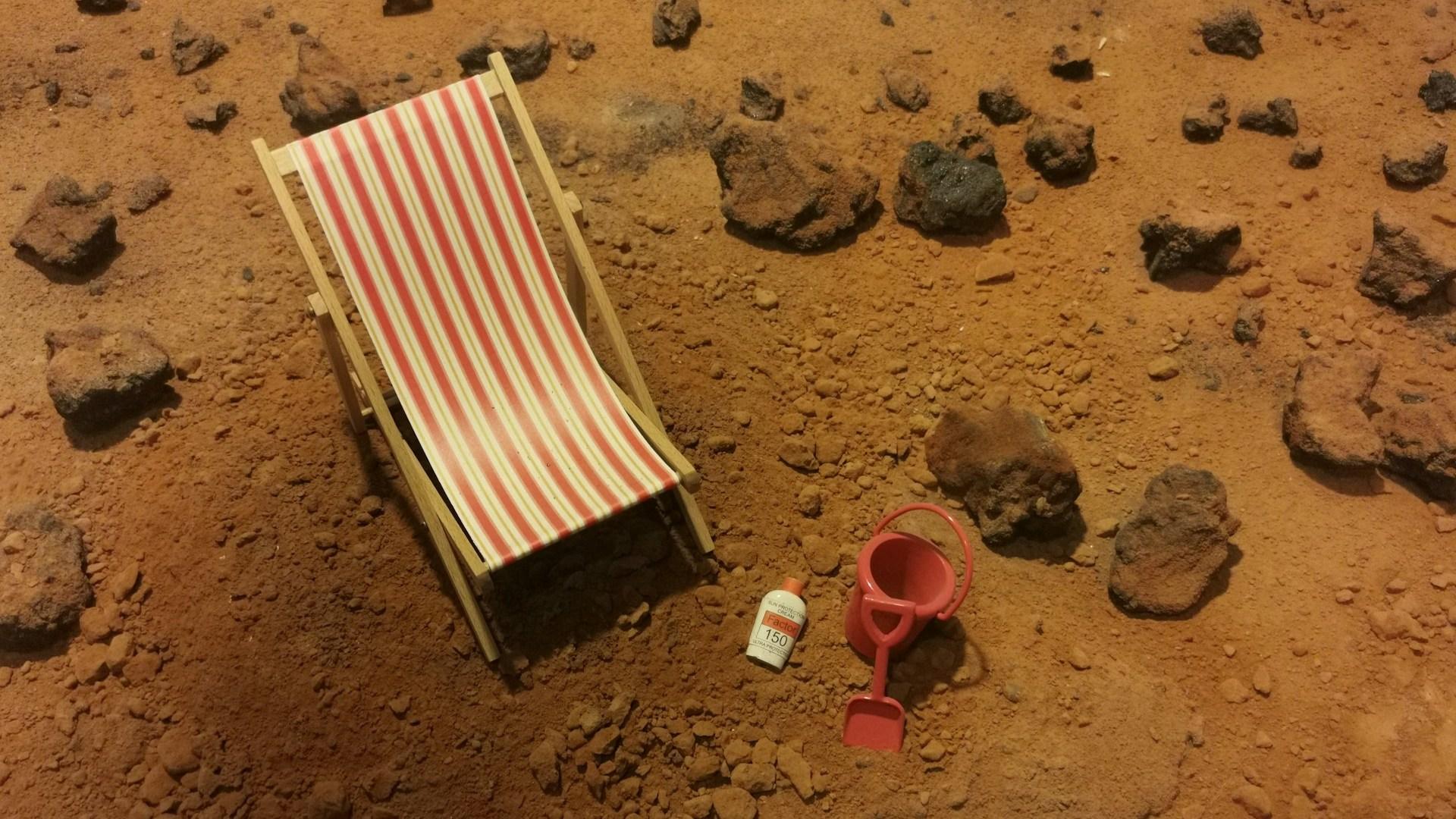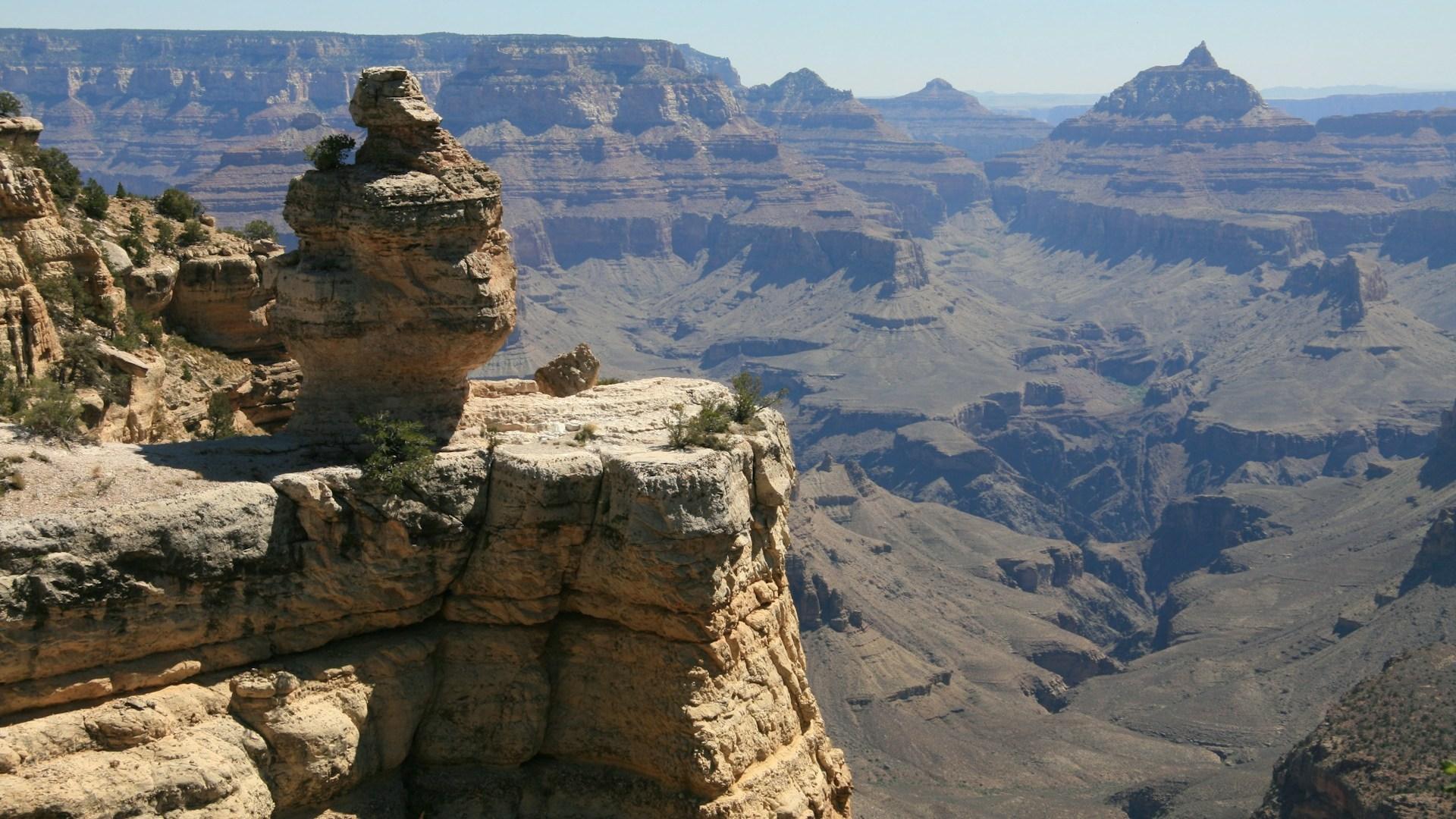A recent NASA mission has unearthed another piece of evidence that suggests that life may have evolved on Mars at some point in its past.
The evidence, collected by NASA’s Perseverance rover, has been described as “one of the most puzzling” rocks yet discovered on Mars.
Not Alone in the Universe

If it were to eventually prove evidence of life, the find has the potential to drastically alter our view of Earth in the universe.
It would mean that, rather than the development of life on Earth being an isolated event, Earth may be part of a community of life forms in the universe.
Difficult to Prove From Afar

The Perseverance is an advanced rover, with plenty of advanced measuring equipment and analysis capability, but it has its limits.
To fully understand the samples it collects and confirm or refute any of the theories that the scientists may have developed from afar, the samples must be returned to Earth.
The Evidence

The rock of interest is a sedimentary rock formed in the shape of an arrowhead.
It was found in the Jezero crater, a large crater on Mars that is being investigated by the rover because it is of particular scientific interest.
Careful Statement From NASA

NASA released a measured statement regarding the find, which balanced the line between expressing scientific excitement and tempering public expectations.
They said the rock “possesses qualities that fit the definition of a possible indicator of ancient life.”
Ancient, Unrecognizable Mars

The rock may date back to an altogether different, wetter landscape in the Jezero Crater on ancient Mars.
NASA said: “The rock exhibits chemical signatures and structures that could possibly have been formed by life billions of years ago when the area being explored by the rover contained running water.”
Life Only One Explanation

The scientists are considering a number of possible explanations for the composition of the unusual rock.
NASA committed to “future research steps … to determine whether ancient life is a valid explanation.”
Named After Grand Canyon

The scientific team have nicknamed the rock “Cheyava Falls” after the Grand Canyon’s tallest waterfall.
One of the project scientists, Ken Farley, said that it is “the most puzzling, complex and potentially important rock yet investigated by Perseverance.”
Leopard Spots

The rock contains a number of blotches, which the scientists have likened to leopard spots.
On Earth, these features “are often associated with the fossilized record of microbes living in the subsurface,” according to astrobiologist David Flannery.
Long Anticipated Return

Important confirmations will have to wait for the return of Perseverance’s 22 samples and counting from Mars to Earth.
However, the ‘rescue’ mission is still proving troublesome for NASA, who are struggling to come up with innovative and cost-effective solutions for the return mission.


